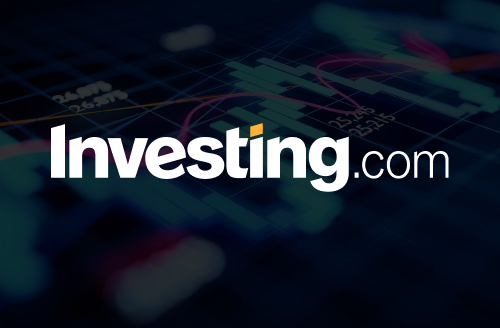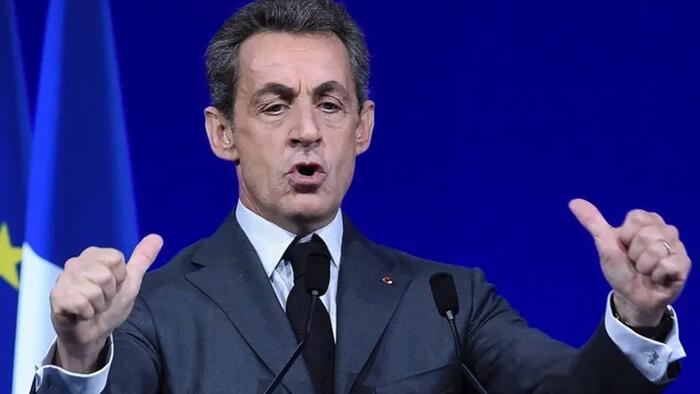
Asian equities ended the week under pressure after President Trump escalated his protectionist agenda with an unexpected blow to global pharmaceuticals. A sweeping 100% tariff on branded and patented drugs produced outside the US has rattled investors, exposing cracks in supply chains and raising questions about how far the White House will go in reshaping trade policy.
The move highlights once again the interplay between geopolitics, global markets, and corporate strategy.
Tariffs and Pharma: A High-Stakes Shift
Trump’s announcement on Truth Social of a blanket tariff on branded and patented pharmaceutical products beginning October 1, 2025, reverberated through Asian markets. The slipped 0.3%, with Sumitomo Pharma tumbling 5.1% and Daiichi Sankyo losing 2%.
Hong Kong’s saw sharp losses in health-care names, with Alibaba Health Information Technology Ltd (HK: ) and Jd Health International Inc (HK: ) each sliding close to 3%. South Korea’s bore a heavier blow, down 2.3%, led by a 3.4% decline in SK Biopharmaceuticals.
The policy is unprecedented: pharmaceuticals have historically been exempt from tariffs, given their status as essential goods. The ambiguity surrounding what qualifies as “branded or patented” has amplified investor uncertainty.
Analysts at MUFG note that definitional nuances will matter greatly for exporters in Japan, China, and Singapore. Singapore, with nearly 40% of its US pharma exports currently exempt, faces outsized exposure. India, another key supplier, is also in focus as markets weigh how its large generics industry fits into this framework.
Industry Pushback and US Strategy
The U.S. pharmaceutical lobby is bracing for a fight. Industry groups argue that tariffs will undercut investment just as companies like Eli Lilly (NYSE: ), , Roche, and GSK (NYSE: ) have pledged more than $350 billion in new US projects over the coming decade.
Roughly 90% of U.S. prescriptions are filled with generics—unlikely to be affected under Trump’s plan—but the innovative segment is where pricing power, R&D, and long-term growth reside. Every US dollar diverted to tariff costs, executives argue, is a US dollar stripped from research pipelines or domestic plant expansions.
Trump counters that tariffs are necessary to “bring manufacturing home,” tying the move to a broader industrial strategy that also includes 25% tariffs on heavy trucks, 50% duties on kitchen cabinets and vanities, and a 30% levy on upholstered furniture. His administration frames these measures as national security imperatives against what it calls unfair competition and “flooding” of U.S. markets.
Global Market and Sectoral Implications
The spillovers extend beyond pharmaceuticals. Truckmakers face restructuring risk, as major brands like Daimler’s Freightliner and Traton’s International rely on Mexican plants to serve the U.S. Freightliner alone controls around 40% of the U.S. heavy-duty truck market, where tariffs could sharply raise input costs and retail prices.
Citi Research suggests that China’s direct pharma exposure to the U.S. is limited, accounting for just 4% of U.S. imports in 2024. Yet markets are forward-looking, and the concern is less about immediate losses than about the precedent of weaponizing the drug trade.
For equities, the short-term story is clear: pharmaceutical shares, already sensitive to regulatory and patent cycles, now face an additional layer of policy risk. Bonds, in contrast, may see renewed safe-haven inflows as investors digest the inflationary implications of higher import prices.
Commodities are less directly affected, but the broader theme of trade friction reinforces concerns about global growth, particularly in Asia’s export-driven economies. In FX markets, the briefly softened to 149.9 per as investors weighed the twin effects of protectionism and Bank of Japan policy uncertainty.
Investor Outlook: Risks and Opportunities
The tariff gambit signals to investors that Washington’s protectionist reflex remains intact, and pharmaceuticals are no longer shielded from trade politics. The bearish scenario is one of higher costs, disrupted supply chains, and protracted legal battles, with the Supreme Court preparing to hear arguments on the legality of Trump’s earlier tariff regime this November. If upheld, the administration’s freedom to weaponize tariffs could broaden beyond pharmaceuticals into other high-value sectors.
The bullish case is narrower but not negligible: companies that accelerate U.S. onshoring could benefit from preferential treatment, subsidies, and more stable domestic access. Firms like Eli Lilly and AstraZeneca, already expanding stateside, may gain a strategic advantage. For investors, the calculus will hinge on distinguishing between those with diversified manufacturing footprints and those heavily reliant on offshore production.
Ultimately, Trump’s move underscores a deeper truth: the next phase of globalization will be shaped as much by politics as by economics. Investors should prepare for a market environment where policy risk is not a tail event but a structural feature, driving volatility across equities, FX, and supply-linked commodities.



